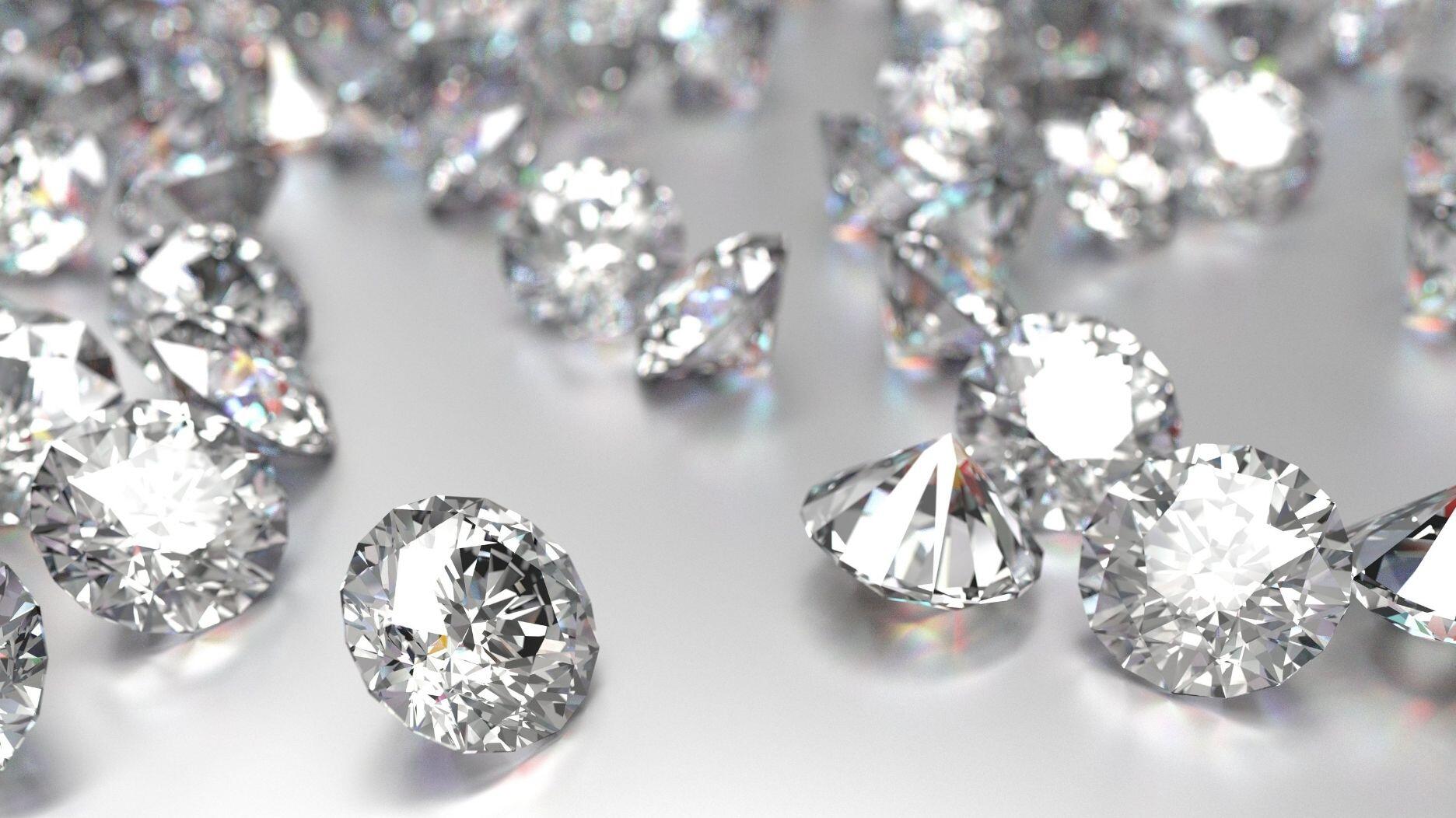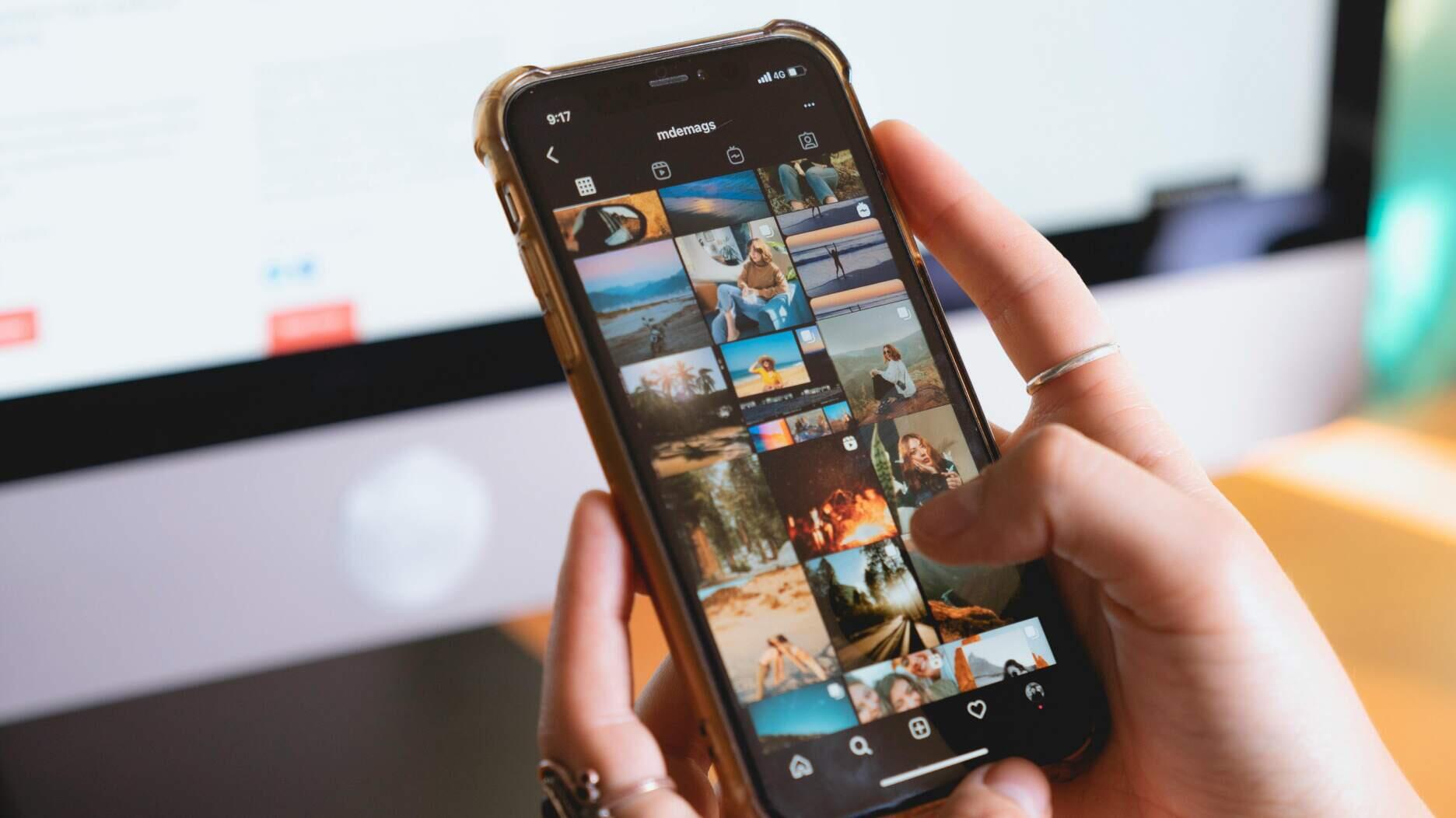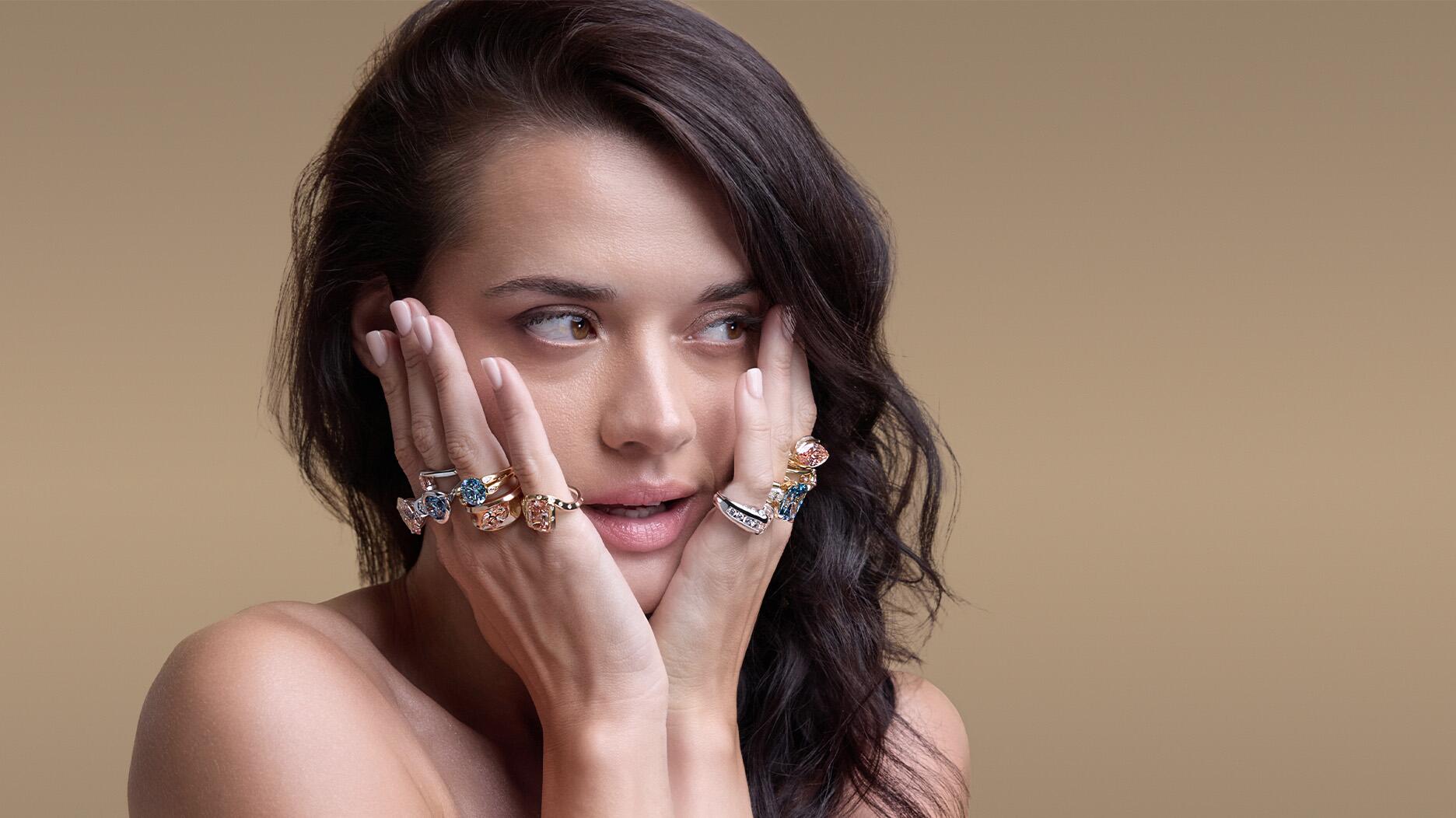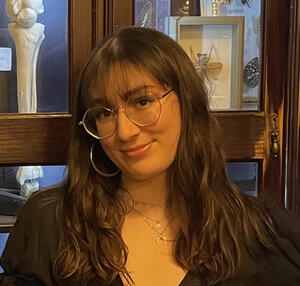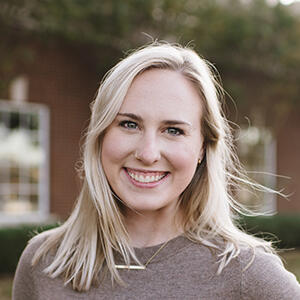Lab-Grown Diamond Brand Lightbox Cuts Prices by 25 to 40%
The move follows a price-drop test run in Q4 and comes with the addition of a “quality assurance card” from GIA for some loose diamonds.

Lightbox tested reduced prices in the fourth quarter 2023 and announced Friday it had officially adopted price cuts across the board, with the steepest drop coming for its highest-quality goods.
It is now selling its “Finest” lab-grown diamonds—D-F color, excellent cut, and VS clarity—for $900 a carat, 10 percent lower than the price offered in the Q4 trial ($1,000 per carat), and 40 percent off the original price of $1,500 per carat.
Prices on I-J color lab-grown diamonds were cut 38 percent, from $800 to $500 a carat, while G-H color stones are going for $600 a carat, down 25 percent from $800 a carat.
Even before Lightbox announced it was making its price cuts permanent, its lab-grown diamonds were priced well below the retail average, observed industry analyst Edahn Golan, co-founder of data analytics firm Tenoris.
He said in April, the average retail price of a 1-carat lab-grown diamond was $1,093, which is 27 percent more than Lightbox was charging for its standard lab-grown diamonds (G-J color and VS clarity).
Retailers paid $364 when they purchased that diamond, giving them a 67 percent gross margin, he said.
“It looks like De Beers is continuing with its effort to pull down lab-grown diamond retail prices by offering them for far below market prices,” Golan said, while noting that even under the new pricing, Lightbox is still selling well above its costs.
“We should expect continued lab-grown diamond price declines, especially considering the large margins through most of the lab-grown diamond pipeline, and the oversupply of goods,” he concluded.
Also on Friday, Lightbox announced it would now be obtaining batch quality verification for its lab-grown diamonds through the Gemological Institute of America.
Lightbox said GIA will assess a “statistically significant” sample in each production run to ensure they meet the lab’s quality criteria for color, clarity, and cut. A downloadable GIA “quality verification card” then will be available for each diamond in the batch.
A GIA spokesperson told National Jeweler that the batch verification service launched Friday. It is a service GIA is providing for Lightbox only, just as it does pre-owned jewelry authentication for eBay only.
The service will start with the Lightbox’s D-F color white round brilliant-cut loose lab-grown diamonds, though it could expand to the blue and pink lab-grown diamonds in the future.
Lightbox CEO Antoine Borde said: “Lightbox led the lab-grown diamond jewelry sector six years ago with its $800 a carat linear pricing, and, today, we are pleased to introduce even lower prices, that more closely align with current jewelry industry dynamics.
“Equally, we’re very proud to be working with the GIA to verify the quality and consistency of our stones, which supports purchase confidence and allows us to continue our mission of providing clarity, transparency, and value to our customers.”
The Latest
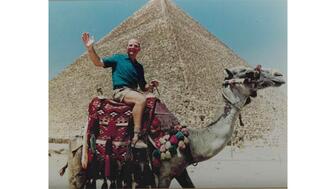
Said to be the first to write a jewelry sales manual for the industry, Zell is remembered for his zest for life.

The company outfitted the Polaris Dawn spaceflight crew with watches that will later be auctioned off to benefit St. Jude’s.

A buyer paid more than $100,000 for the gemstone known as “Little Willie,” setting a new auction record for a Scottish freshwater pearl.

Supplier Spotlight Sponsored by GIA.
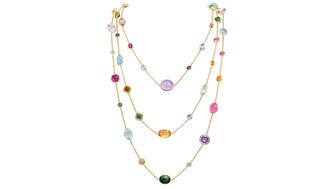
Anita Gumuchian created the 18-karat yellow gold necklace using 189 carats of colored gemstones she spent the last 40 years collecting.

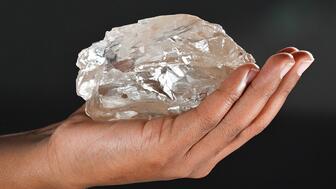
The giant gem came from Karowe, the same mine that yielded the 1,109-carat Lesedi La Rona and the 1,758-carat Sewelô diamond.
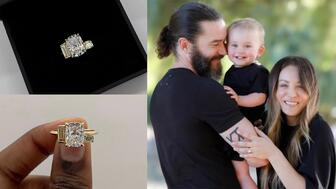
The three-stone ring was designed by Shahla Karimi Jewelry and represents Cuoco, her fiancé Tom Pelphrey, and their child.

Supplier Spotlight Sponsored by GIA
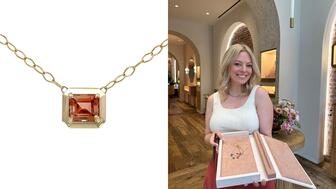
The Manhattan jewelry store has partnered with Xarissa B. of Jewel Boxing on a necklace capsule collection.
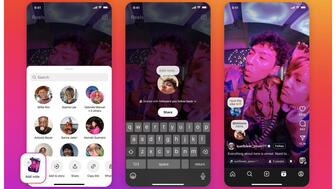
Acting as temporary virtual Post-it notes, Notes are designed to help strengthen mutual connections, not reach new audiences.
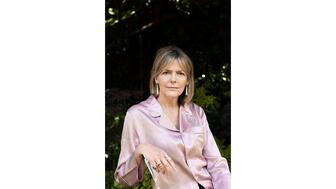
The jewelry historian discusses the history and cultural significance of jewelry throughout time and across the globe.
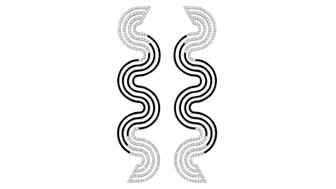
From fringe and tassels to pieces that give the illusion they are in motion, jewelry with movement is trending.
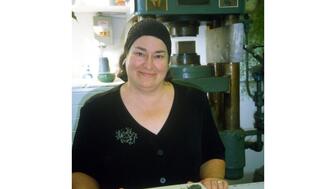
The designer and maker found community around her Philadelphia studio and creative inspiration on the sidewalks below it.
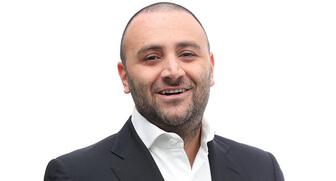
The change to accepted payment methods for Google Ads might seem like an irritation but actually is an opportunity, Emmanuel Raheb writes.

The industry consultant’s new book focuses on what she learned as an athlete recovering from a broken back.
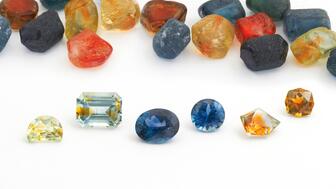
The fair will take place on the West Coast for the first time, hosted by Altana Fine Jewelry in Oakland, California.
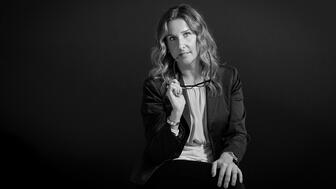
Hillelson is a second-generation diamantaire and CEO of Owl Financial Group.
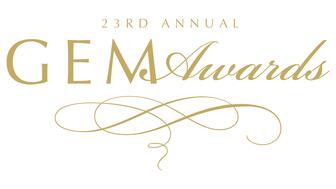
Submissions in the categories of Jewelry Design, Media Excellence, and Retail Excellence will be accepted through this Friday, Aug. 23.
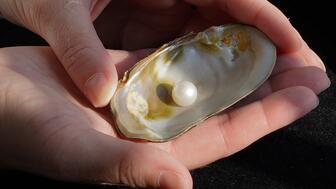
Known as “Little Willie,” it’s the largest freshwater pearl found in recent history in Scotland and is notable for its shape and color.
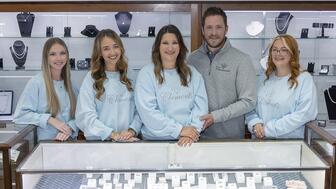
Clements Jewelers in Madisonville cited competition from larger retailers and online sellers as the driving factor.
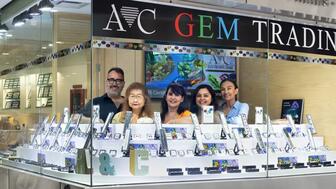
The gemstone company is moving to the Ross Metal Exchange in New York City’s Diamond District.

Most of the 18th century royal jewelry taken from the Green Vault Museum in Dresden, Germany, in 2019 went back on display this week.

The Pittsburgh jeweler has opened a store in the nearby Nemacolin resort.
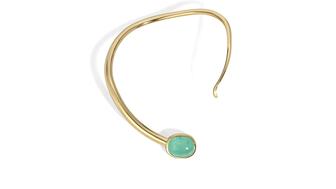
With a 40-carat cabochon emerald, this necklace is as powerful and elegant as a cat.

The Erlanger, Kentucky-based company was recognized for its reliability when it comes to repairs and fast turnaround times.
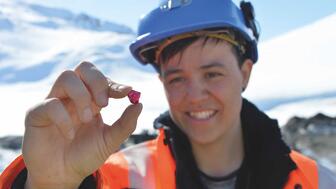
Unable to pay its debts, the ruby and sapphire miner is looking to restructure and become a “competitive and attractive” company.
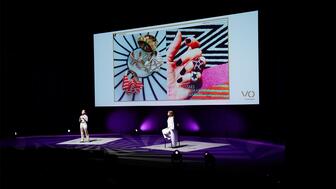
The trend forecaster’s latest guide has intel on upcoming trends in the jewelry market.









